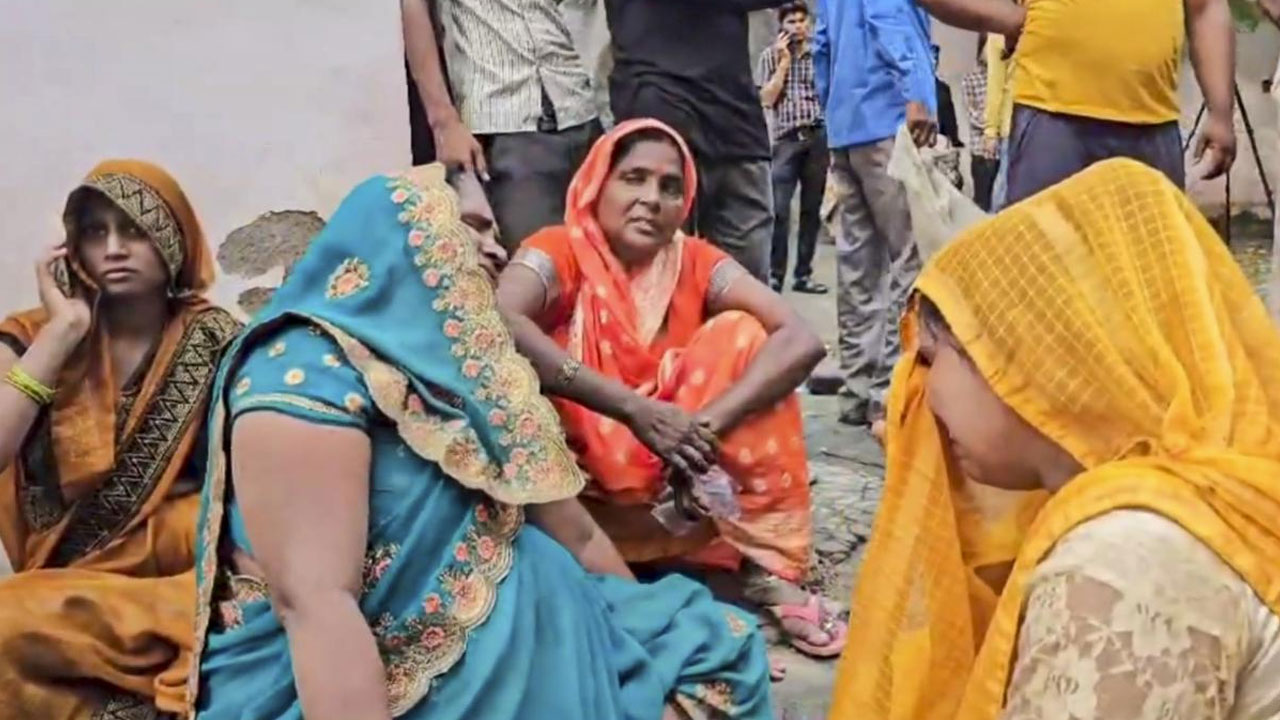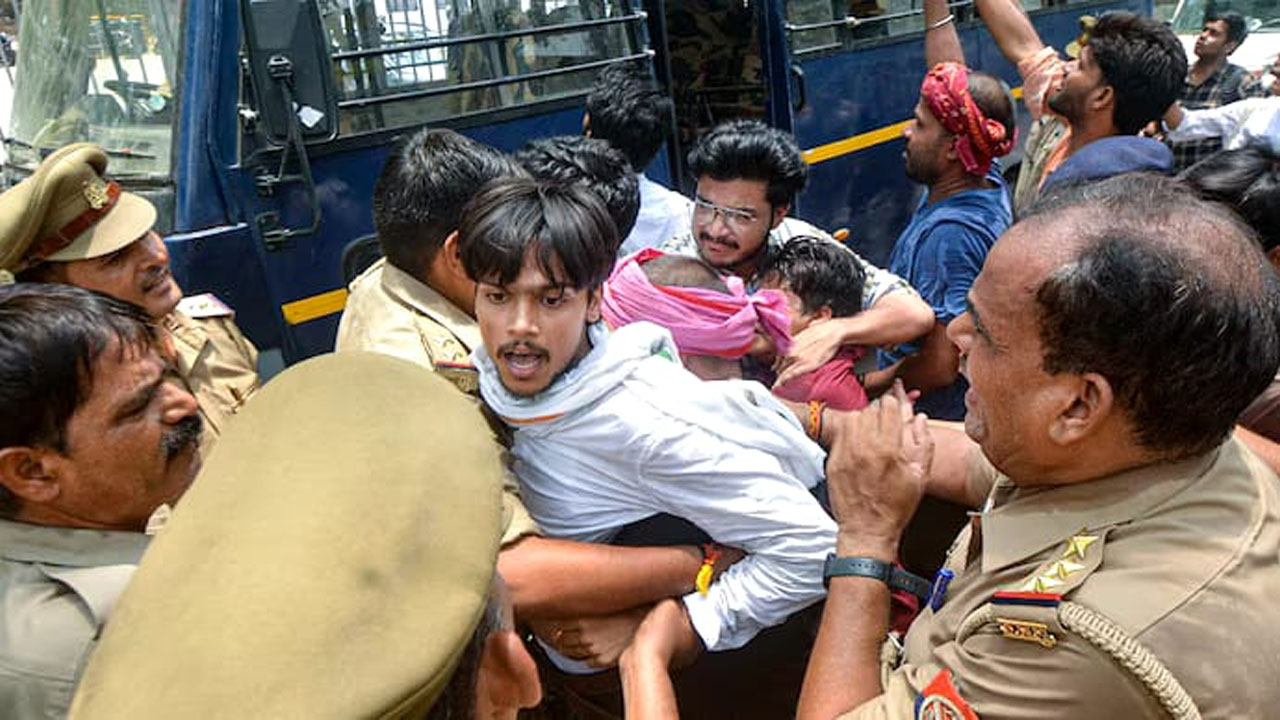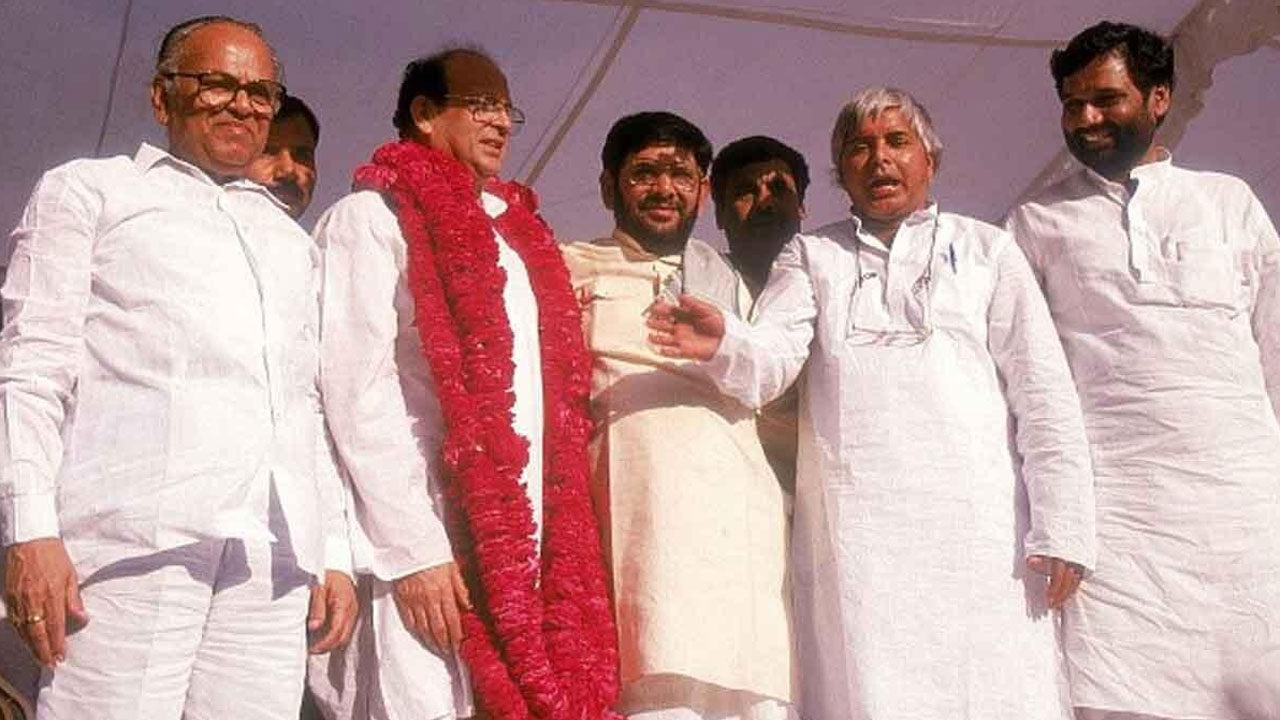The caste-gender interrelationship has been deeply affecting education and livelihoods. Going by the media reports on the dismal state of girls and women, especially those from the formerly untouchable castes and Adivasi and Muslim communities, with regard to education, caste and gender biases appear antithetical to change. This only serves to strengthen the belief that the Indian social structure is untouched by the modern realities. But, then, over the past centuries India has witnessed sweeping changes. In some fields, the country has scripted new records, but in others, we have moved backwards. An example of this is the desire for a male child becoming an all-India phenomenon. Earlier, the preference for a son was not that strong in some regions and among some communities. But with time, these regions and communities, too, have adopted a tradition that rates daughters lower than sons.
The available data confirms this trend. In 1901, India’s sex ratio (number of women per 1,000 men) was 972. It fell to 946 in 1951 and to 927 in 1991, only to rise slightly to 953 in 2011. Sex ratio at birth – another key indicator – also shows that the country continues to prefer male children. There are, though, some differences in this respect between northern and some north-western states on the one hand and the southern and eastern states on the other. Interestingly, rural areas have better sex ratio than the towns and cities. For instance, according to the 2011 Census, nationwide, the child sex ratio was 919 in the rural areas and 902 in the urban areas. In 26 states, child sex ratio was better in the rural areas than in the urban areas.
There has been a substantial improvement as far as education of girls is concerned but the low sex ratio and skewed share in workforce together present a contrasting picture.
In the pre-Independence era (prior to 1947), social reformers and the leadership of the Indian national movement pitched for women’s education as a catalyst for modernization, making it clear that India couldn’t embrace modernity without educating her women. Some traditionalists did oppose the idea of educating women, citing its supposed negative impact on societal and family relations, but their number was very small. The broad consensus was that modern, universal and secular education was important and necessary. In retrospect, it seems that there was no need for the traditionalists to be alarmed, for the education system we built did not challenge gender inequality and casteism. The syllabi, textbooks and teachers’ training courses refrained from addressing the so-called sensitive issues like gender and caste in family, community and society. Thus, in textbooks Ram always ate mangoes while Sita invariably made rotis. This was tantamount to giving a short shrift to the values of equality and non-discrimination enshrined in the Indian Constitution.
How was this done? This is a puzzle, with an interesting answer. Equality was reduced to numbers. The proportion of women at different levels of education and the share of SCs and STs were shown in terms of gross and net enrolment ratios. That did show an increase in the presence of women but this increase was limited to some caste groups. Thus, by denying equality to women in access to and share in different levels of education, the Constitutional mandate was ignored. On the one hand we kept claiming that we are gradually marching towards the objective of equality, and on the other hand our textbooks continued to preach and propagate conservatism. Our curricula and our teaching material had no place for the realities of the daily life of women, rural population, Adivasis, as well as the harsh existence of the Dalits. Reservations were limited to colleges, schools and jobs. Expanding the spirit of equality was never on the agenda of the policymakers.
As a result, we kept hearing about the exclusion of children from midday meals. Teachers from the so-called upper castes continued to treat unequally the teachers and students from castes which they considered lowly and wretched. The mainstream media and social media have been telling us about the casteist, communal and gender biases that pervade teacher-teacher, teacher-student and student-student interactions.

In the middle of the 1980s, a new educational movement began in the country with the publication of a document titled “The Challenge to Education” by the Union Ministry of Human Resources. In a revolutionary statement that marked an understanding of the transformative potential of education, the ministry said, “The National Policy on Education (NPE) envisages that education would be used as a strategy for achieving a basic change in the status of women. The National education system would (i) play a positive interventionist role in the empowerment of women, (ii) contribute towards development of new values through redesigned curricula and textbooks …” Similar statements were made vis-à-vis bringing about a change in the life of the Adivasi and Dalit children. Many small and big projects were launched to implement this policy but the basic structure of the school education system remained unchanged. It still fought shy of combating caste hierarchy and gender discrimination, which were impediments to progress. Instead of focusing on ending this inequality, we shifted our attention to determining the number of enrolments in schools, the dropout rates and the starting of new primary and middle schools. That was just to demonstrate that India was actually moving forward. We stopped questioning or monitoring what and how much our children were learning.
The decades that followed the 1980s witnessed a spurt in the number of private schools, which is continuing even today. With the children of the middle- and the upper-class families shunning government schools, there was a swift deterioration in the quality of public education and the students from poor families were forced to make do with inferior education. This only strengthened the centuries-old caste-based biases. What is even more painful is that from the mid-1990s onwards, the gulf between the rich and the poor students widened and became a major issue.
Partly due to economic changes and partly due to the exposure to the wider world courtesy of the media, social norms and conventions have changed to some extent. This set the aspirations of the girl child and young women soaring and brought about a change in the expectations of the families from their daughters and daughters-in-law. A working wife or daughter started being seen as an asset, especially in lower and middle classes. But despite economic and educational empowerment, the status of young girls and women within their families hasn’t changed significantly. The working women are still expected to complete the household chores, along with their work, and their husbands or other male guardians still decide where and how their earnings will be spent.
Child marriage is often identified as a problem that should be resolved as soon as possible in the interest of the education and welfare of the girl child. “Child marriage” is defined as marriage involving a bride less than 18 years old or a groom less than 21 years old. According to the data of the fourth round of the National Family Health Survey (NFHS) 2016, 28 per cent of the women in the age group 18-29 years and 17 per cent of the men in the age group 21-29 years, got married before attaining the minimum statutory age. Marriage of underage girls is most prevalent in West Bengal (44 per cent), Bihar (42 per cent), Jharkhand (39 per cent), Rajasthan (33 per cent), Assam (33 per cent) and Madhya Pradesh (33 per cent). In the case of boys, Rajasthan and Madhya Pradesh (28 per cent each) occupy the top spots followed by Bihar and Jharkhand (27 per cent each). The NFHS survey also revealed that the prevalence of child marriage was higher in the rural areas and among the families with low education.
But there is a ray of hope amid these dismal figures. Even in states like Uttar Pradesh and Jharkhand, societal norms vis-à-vis child marriage and marriage at an early age are changing. A 2018 study (by Ramchandran and others) shows that there has been a drastic fall in the number of child marriages in the rural areas. The study shows that in the sampled villages in Uttar Pradesh and Jharkhand, no girl or boy under the age of 14 had entered into marriage over the previous 4-5 years. In all the sampled households, almost all the children had cleared Class 8 exams before dropping out or were studying in Class 8. The study revealed a positive correlation between middle-school education and marriage at a higher age. Higher-level school education pushes up the age of marriage and when girls drop out from schools for any reason, the possibility of their early marriage goes up. Many sample surveys conducted over the past decade or even earlier confirm that there has been a drastic drop in child marriages in the country.
We can conclude that India is changing. On some parameters, the trend is positive. On others, it is static. While there has been a positive change with respect to child marriage and education of girls, in some arenas there has been no change at all. Desire for a male child and violence against women in their homes, workplaces and society is still a reality and there has been a negligible increase in the percentage of women working out of their homes.
A study by Ratna M. Sudarshan (2018) shows that women’s participation in the labour force has gone down. Similarly, the participation of women from the deprived communities in vocational higher education is also a matter for concern. This is directly related to the poor-quality of education imparted in the government schools as well as the inability of the students of low-cost private schools to go beyond middle school. According to the sample survey cited by NCERT’s State of Education Report (SER) as well as the National Achievement Survey (NAS), the levels of learning among students of both government and private schools in the urban as well as the rural areas are lower than expected. The learning ability of students has emerged as a big challenge and a serious debate is underway on the urgent need to combat this crisis.
Ultimately, everything boils down to economics. Interactions with students, teachers and parents reveal that if there is an improvement in the economic status (through, for instance, improved agricultural productivity, betterment of infrastructure and expansion of livelihood opportunities), the traditional mindset loses ground and is ultimately obliterated. It is all true that an economic crisis increases the possibility of gender, caste and community relations capitulating to the traditional beliefs. Over the past four-five years, many boys and girls have quit schools to help increase family income in the wake of the growing agricultural crisis. As a teacher, I have seen many students enrolling in Class 11 after clearing their matriculation examination but not attending classes. They migrate to other places to work and strengthen the economic status of their families. The girls start working in their homes or fields. A long-lasting economic slowdown can undo the gains made over decades in the field of education.
To conclude, it can be said that not using the educational system as a tool for ending caste and gender inequality is part of a shrewd political strategy to maintain the status quo. Its prime victims are women from the marginalized castes. Jugglery of figures is often used to cover up this game. If we are to establish social equality, as envisaged by the Constitution, we will have to end gender and caste discrimination.
(Translated from the original Hindi by Amrish Herdenia)
Forward Press also publishes books on Bahujan issues. Forward Press Books sheds light on the widespread problems as well as the finer aspects of Bahujan (Dalit, OBC, Adivasi, Nomadic, Pasmanda) society, culture, literature and politics. Contact us for a list of FP Books’ titles and to order. Mobile: +917827427311, Email: info@forwardmagazine.in)





